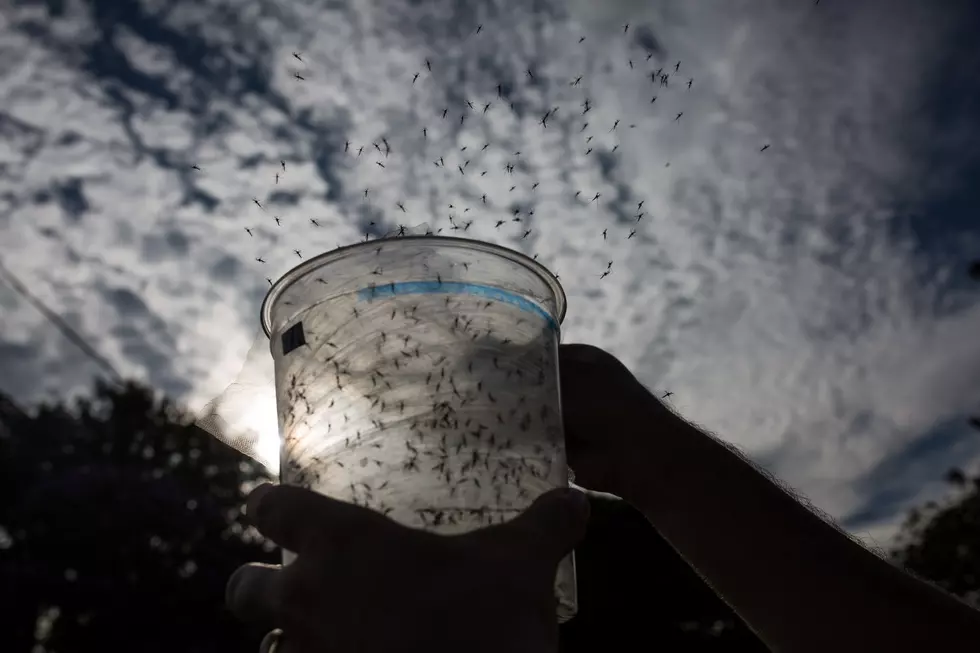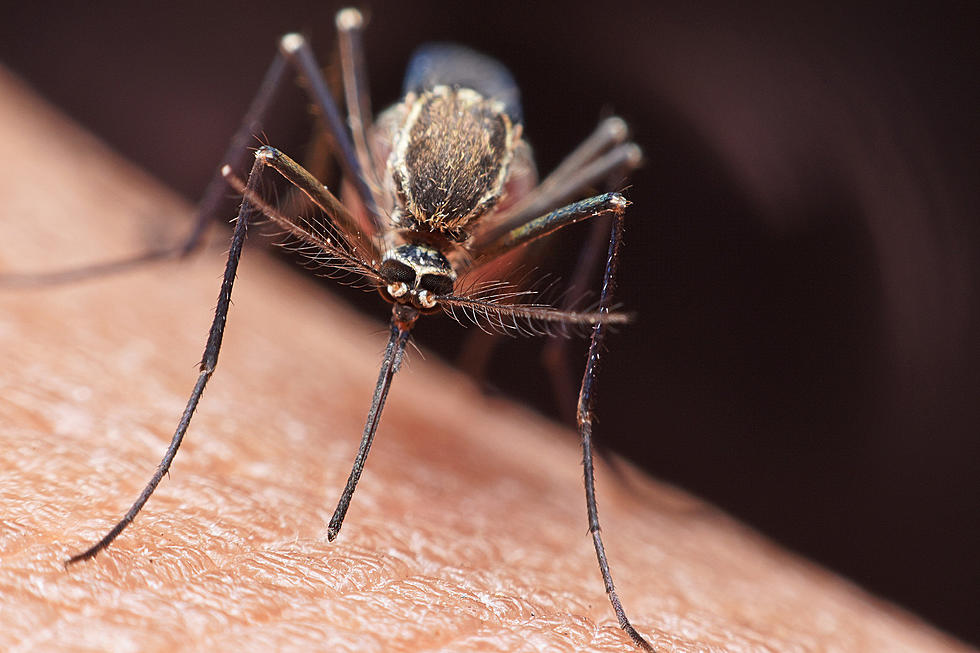
Despite Michigan’s Mosquito Woes, This Thing’s Not Part of the Problem
While Michigan has been experiencing a very mosquito-ridden summer, these may look like giant versions of the malicious bugs but they are actually pretty harmless. Here's everything we need to know about crane flies!

Mosquitoes vs. Crane Flies - Differences
Crane flies are actually more commonly known by a few different names such as "Mosquito Hawks" (via Orkin), "Skeeter Eaters" (via Orkin), "Tipples" or, my personal favorite, "Gollywhoppers."
No matter what you call them, while they may look pretty similar, there are a few key differences between them and their blood-sucking brethren.
First of all, despite what you may have heard, crane flies don't even bite.
Matthew Bertone, PhD, is a crane fly specialist and worked as an extension associate with the North Carolina State University Department of Entomology and was cited in an article by "Entomology Today" explaining:
“There has yet to be found a predatory adult crane fly. They just don’t have the mouthparts for it. So no, none are blood-feeding, and none of them attack people,” Bertone said.
Mosquitoes vs. Crane Flies - Similarities
Okay, so admittedly, they do look a lot alike and "Entomology Today" reports that "15,000 or so known true crane flies in the family Tipulidae also share a somewhat similar appearance to mosquitoes."
They are described as having a narrow bodies, long and skinny wings with legs that they say can be two-times as long as their bodies! Of course, you have probably seen some massive mosquitoes that look like this.
The two species also have similar life cycles.
According to "Entomology Today", like mosquitoes, crane flies also spend a lot of their time as larvae underwater. They too enjoy a more damp living space like ponds, wet logs, etc.
Are They Dangerous?
All in all, no, these things are pretty harmless...as freaky-looking as they may be.
We're not saying you can't be scared of them, just maybe stop and think before you smash it believing it's a giant, filthy, blood-sucking mosquito.
However, according to researchers at Michigan State University, their larvae, sometimes referred to as "leatherjackets" can do some serious damage to lawns or turf like at golf courses.
Here's a helpful video on how to identify and prevent this damage:
LOOK: The most expensive weather and climate disasters in recent decades
Michigan's Deadliest Animals & Critters
More From 100.5 FM The River





![Michigan Woman Finds a GIANT Spider That Does NOT Belong in MI [Video]](http://townsquare.media/site/44/files/2017/06/hqdefault3.jpg?w=980&q=75)
![Woman Impaled In Buttocks While Texting, Driving [Video]](http://townsquare.media/site/45/files/2014/09/Texting-and-Driving-Lisa-F.-Young.jpg?w=980&q=75)
![Kid Licks Subway Handrail For Money [Video]](http://townsquare.media/site/44/files/2012/10/tongue.jpg?w=980&q=75)

